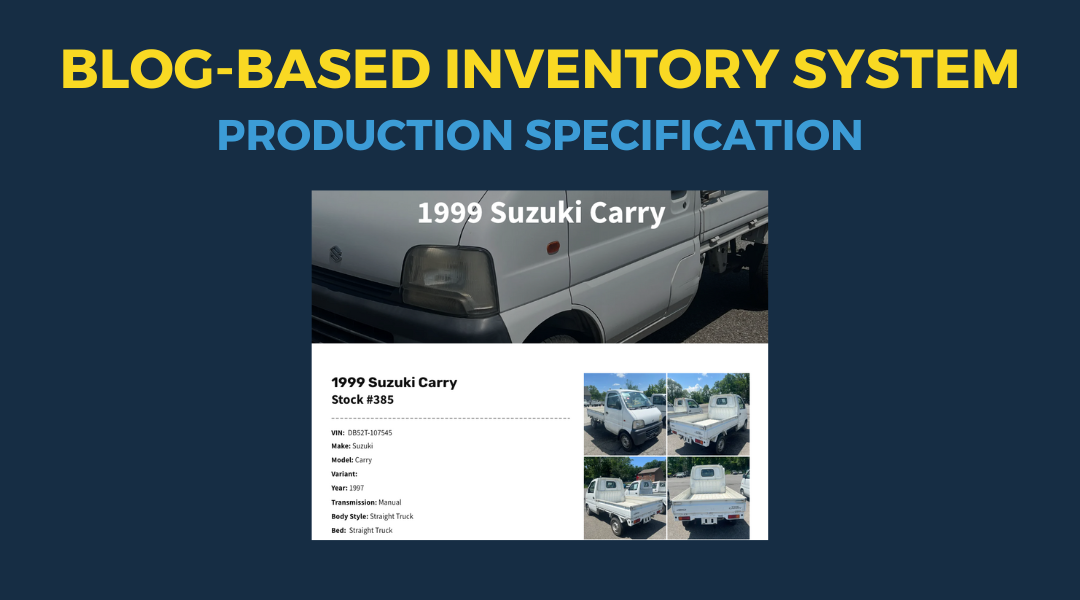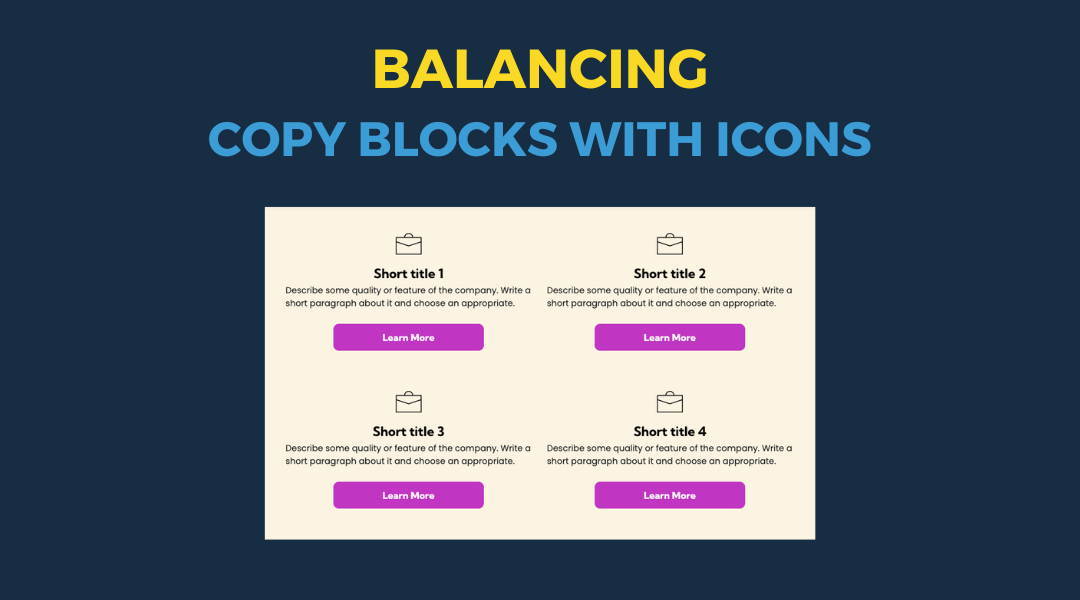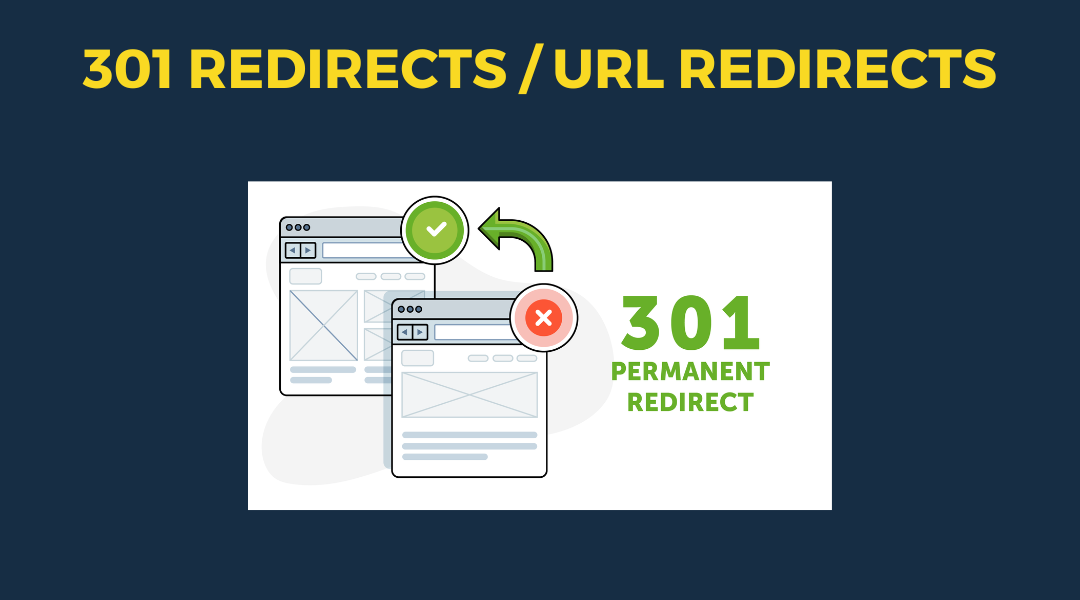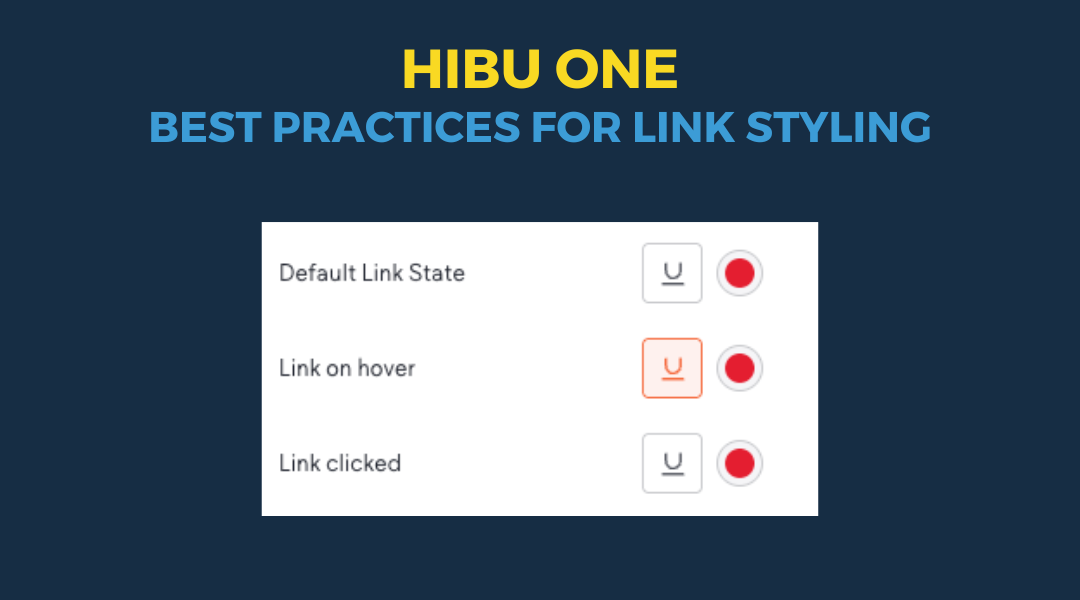Text Span Width on Desktop
Text Span Width on Desktop
For optimal readability on desktop screens, it's generally recommended that the maximum width text should span is about 60 to 75 characters per line, including spaces and punctuation. This guideline is rooted in typographic research, which suggests that lines of this length are most comfortable for the human eye to follow without straining. When translated into web design terms, this typically equates to a width of around 900 pixels, depending on the font size and typeface used.
To effortlessly alter the width of your text on the screen,
you can adjust the text container directly. Just click on the text box and drag the handle at the bottom right corner to modify the width. As you make adjustments, keep an eye on the height and width indicators. Aim for a width of approximately 900 pixels, though a variation of plus or minus 10 pixels is perfectly fine. This method offers a simple way to ensure your text spans an optimal width for readability.





